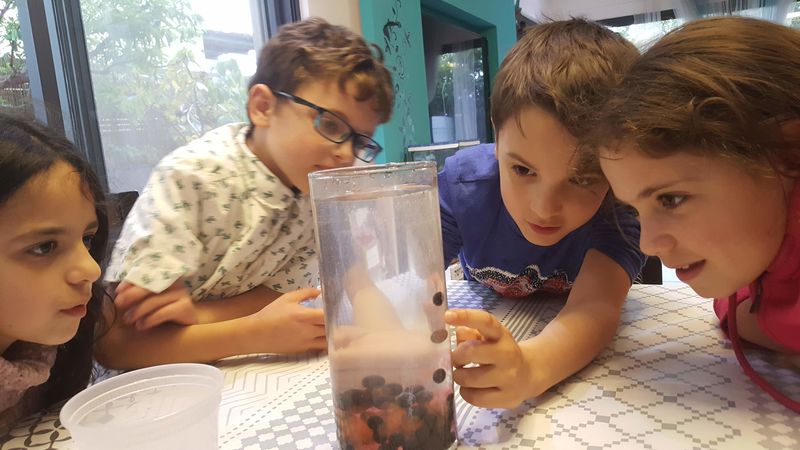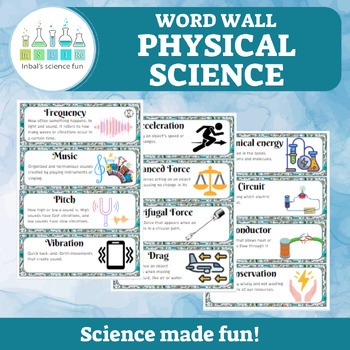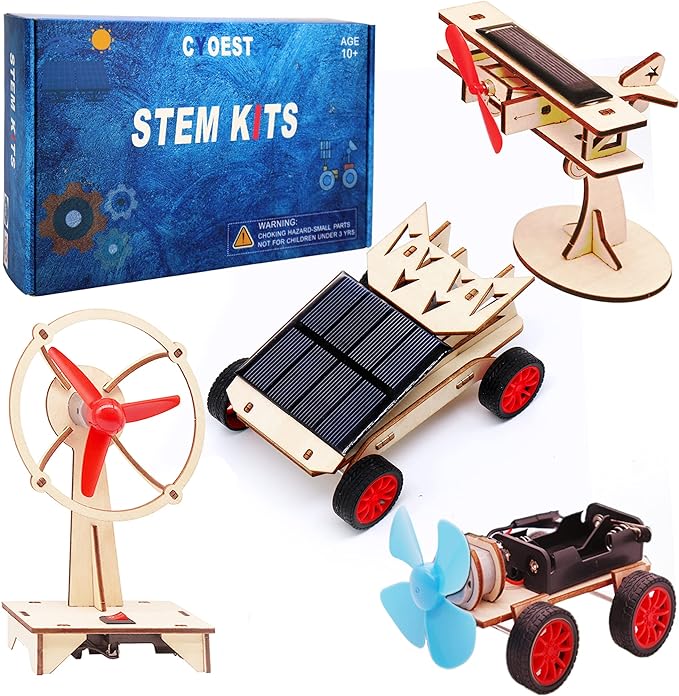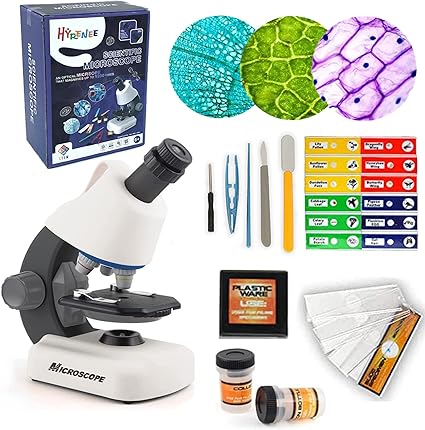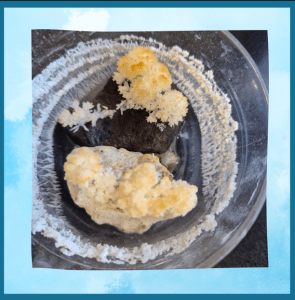Floating Playdough
Explore Buoyancy with Playdough Boats and Floating Fun!
Have you ever wondered why some objects float while others sink? Get ready to dive into the fascinating world of buoyancy with this simple yet engaging playdough experiment! Perfect for young minds eager to learn about science concepts through hands-on exploration, this activity allows children to investigate the principles of floating and sinking in a fun and creative way.
By designing their very own playdough boats and observing how different shapes and designs affect buoyancy, kids will gain a tangible understanding of density, and the role of trapped air in determining an object’s ability to float or sink. Not only is this experiment a blast for curious youngsters, but it also seamlessly aligns with educational standards, making it an ideal addition to classroom curricula or at-home learning adventures.
So, grab your playdough and get ready to set sail.
Materials:
– Bowl
– Water
– Playdough
What to do?
- Try to make the playdough float on water. Is it possible?
- Try different shapes. Does the shape affect the ability to float?
- If you create a boat shape, the playdough will float!
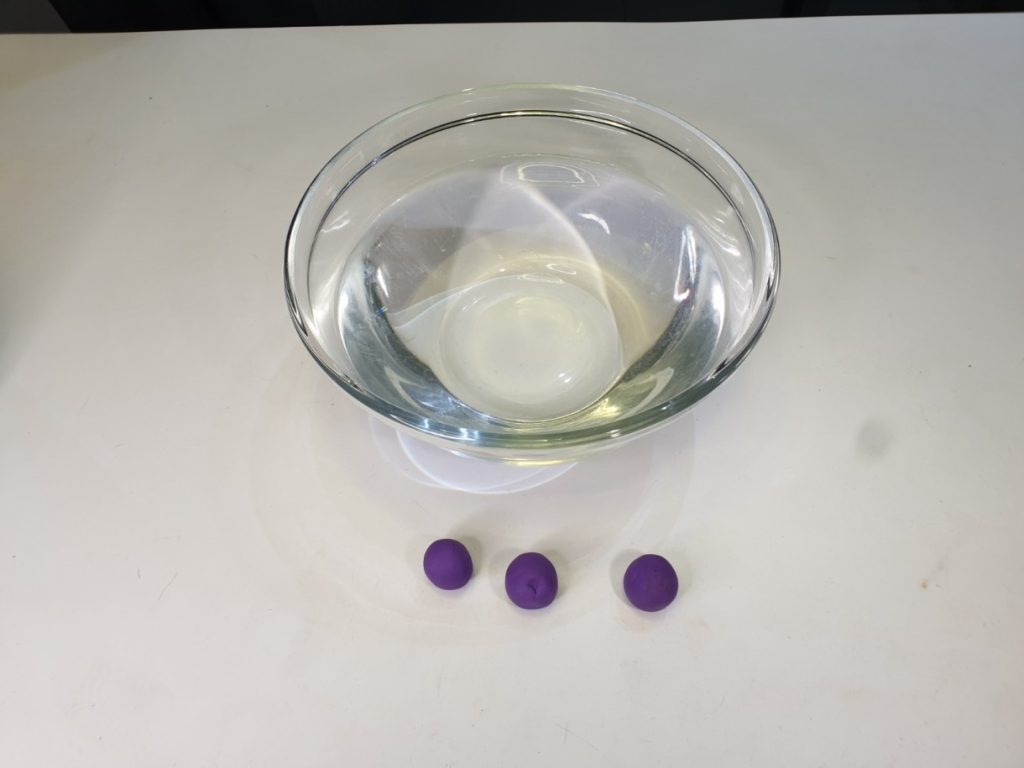
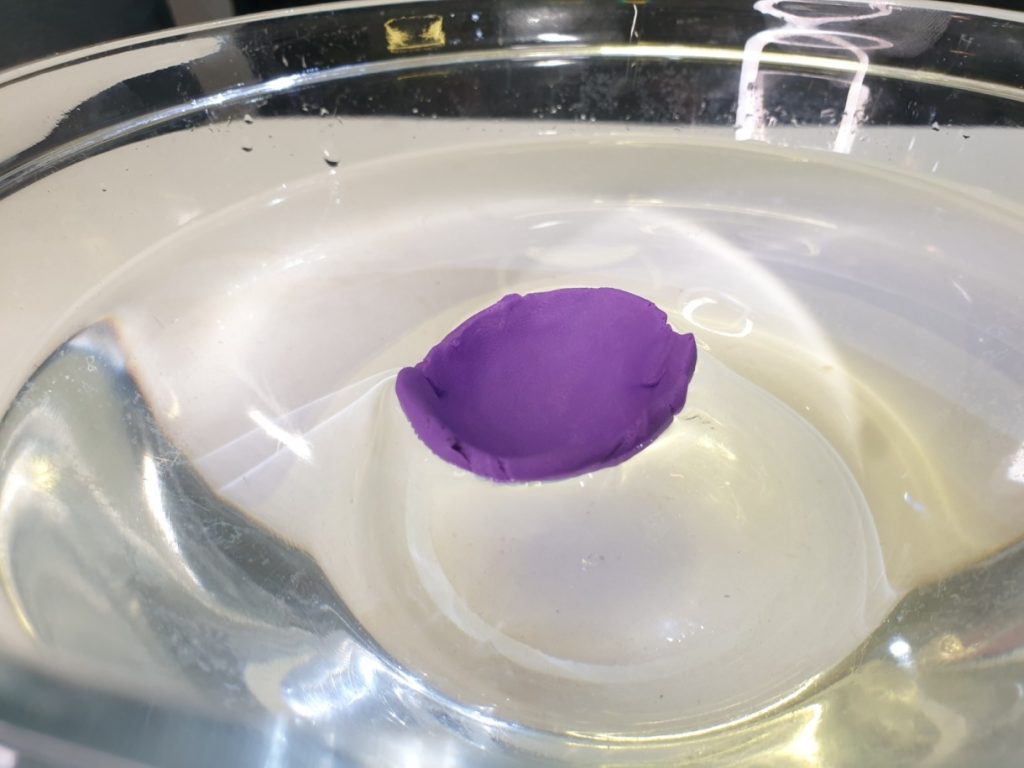
How does this happen?
First, let’s understand what buoyancy is and what determines whether an object will float or sink.
For an object to float on water, it needs to be less dense than water, meaning the distance between the particles that make up the object is greater than the distance between water particles.
The denser a material is, the heavier it will be, and therefore, it will sink. Playdough is denser than water, and as we can see, it sinks. But what if we take a playdough ball filled with air?
The density of the ball is the average between the density of the playdough and the density of the air inside it. Since air is much less dense than water, it causes the playdough to float. The boat’s structure is such that it doesn’t allow water to enter, just like a closed ball. Therefore, the part inside the water, consisting of the playdough body and the air inside it, will sink until the average density of our boat equals that of water, and then it will start to float on the surface.
If you roll the playdough very thin it would float as well. That’s because of the water tension.
Looking for more science experiments with water tension?
check this one <<Drops on a coin>>
We’d love to showcase your creativity!
Share pictures of your experiments with us, and together, we can inspire young scientists everywhere!
